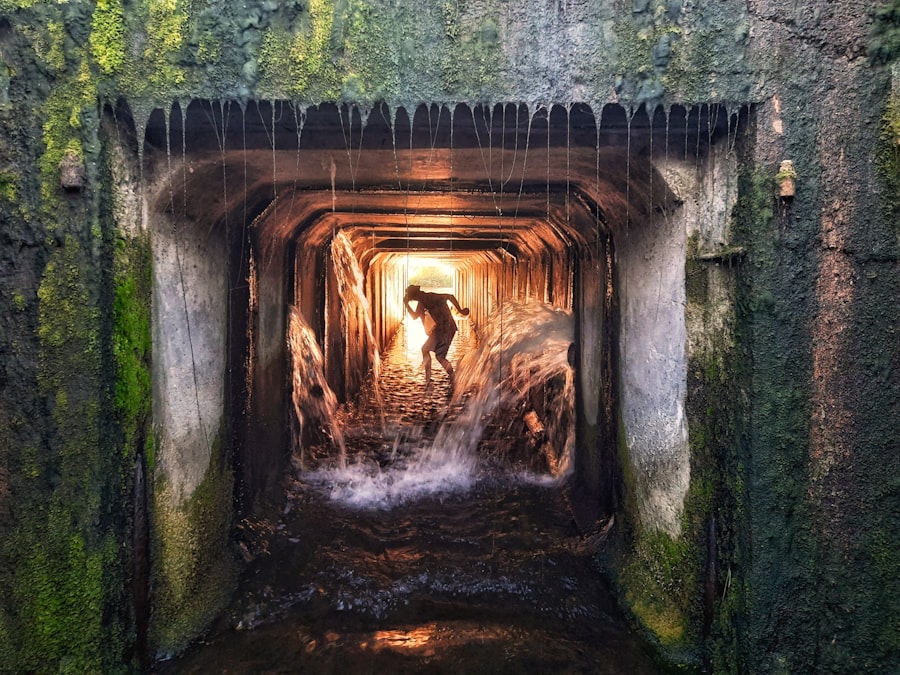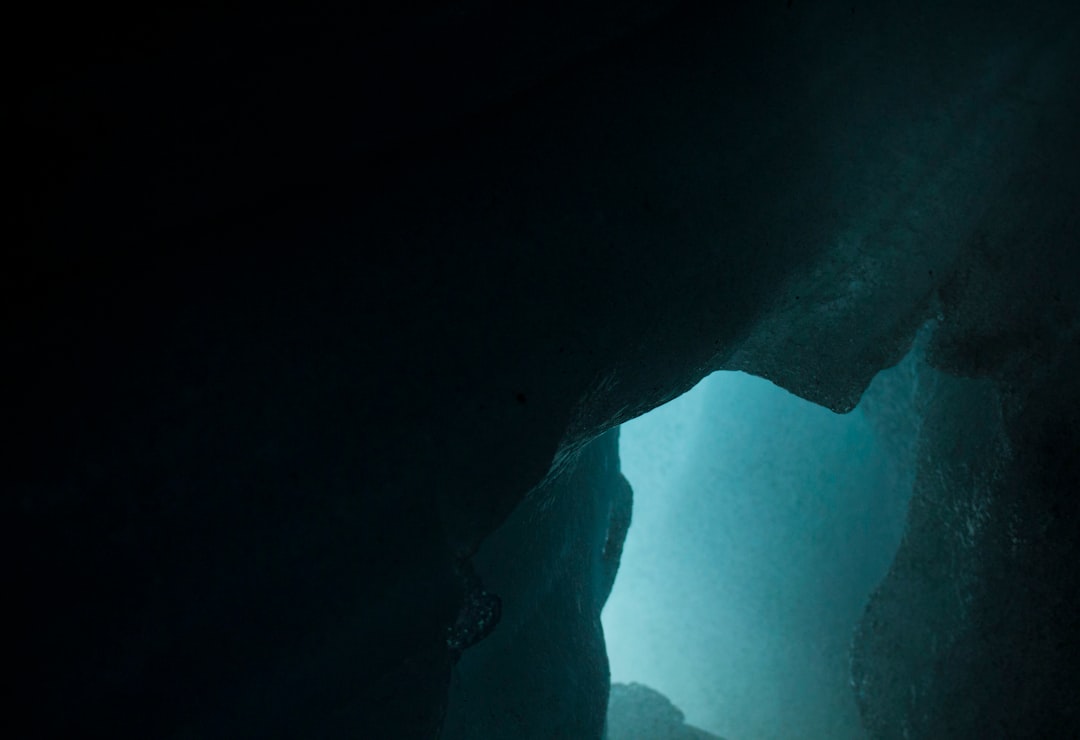The Drake Passage, a body of water situated between the southern tip of South America and Antarctica, is renowned for its tumultuous seas and significant role in global oceanic circulation. Named after the English explorer Sir Francis Drake, who navigated these waters in the late 16th century, the passage serves as a critical conduit for maritime traffic between the Atlantic and Pacific Oceans. Spanning approximately 800 kilometers (500 miles) at its widest point, the Drake Passage is not only a geographical marvel but also a vital ecological zone that supports a diverse array of marine life.
The passage is often characterized by its unpredictable weather and rough seas, which have earned it a reputation among sailors and researchers alike. The confluence of the cold Antarctic waters and the warmer currents from the north creates a unique environment that is both challenging and fascinating. As such, the Drake Passage has become a focal point for scientific research, exploration, and adventure tourism, drawing individuals eager to experience its natural beauty and understand its ecological significance.
Key Takeaways
- The Drake Passage is a narrow body of water between South America’s Cape Horn and the South Shetland Islands of Antarctica, known for its challenging sailing conditions.
- The weather in the Drake Passage is characterized by strong winds, high waves, and rapidly changing conditions, making it one of the roughest seas in the world.
- The ocean currents in the Drake Passage play a crucial role in the distribution of marine life, including whales, seals, and seabirds, making it a hotspot for biodiversity.
- Climate change is impacting the Drake Passage, leading to rising sea temperatures, melting ice, and changes in marine ecosystems, posing a threat to the region’s delicate balance.
- Research and exploration in the Drake Passage are essential for understanding its unique environment and its role in global climate systems, with ongoing scientific efforts to monitor and protect the area.
Weather patterns and climate in the Drake Passage
The weather patterns in the Drake Passage are notoriously volatile, influenced by a combination of geographical features and oceanic currents. The region experiences strong winds, particularly the infamous “Roaring Forties,” which are prevalent in the southern latitudes. These winds can whip up formidable waves, making navigation treacherous for even the most seasoned mariners.
The climate is classified as subpolar oceanic, characterized by cool temperatures year-round, with average sea surface temperatures ranging from 1°C to 10°C (34°F to 50°F). Precipitation is common in the Drake Passage, with rain and snow occurring throughout the year. The variability in weather conditions can change rapidly, often within hours, leading to sudden storms that can pose significant risks to vessels traversing the area.
This unpredictability not only affects shipping routes but also plays a crucial role in shaping the marine ecosystem, influencing nutrient distribution and the migration patterns of various species.
Ocean currents and marine life in the Drake Passage

The Drake Passage is a critical junction for several major ocean currents, including the Antarctic Circumpolar Current (ACC), which flows eastward around Antarctica. This current is the world’s largest ocean current and plays a vital role in regulating global climate by redistributing heat and nutrients across the oceans. The interaction of these currents creates a rich marine environment that supports an abundance of life, from microscopic phytoplankton to massive whales.
The nutrient-rich waters of the Drake Passage are teeming with diverse marine species. Krill, a small shrimp-like crustacean, serves as a keystone species in this ecosystem, providing sustenance for various animals, including seals, penguins, and whales. The passage is also home to numerous fish species, such as the Antarctic toothfish and various types of squid.
The rich biodiversity found in these waters makes the Drake Passage an essential area for marine research and conservation efforts.
Impact of climate change on the Drake Passage
| Metrics | Findings |
|---|---|
| Sea Surface Temperature | Increasing trend, impacting marine life |
| Ice Melting | Rapid ice loss, affecting sea levels |
| Wind Patterns | Shifting wind patterns, influencing ocean currents |
| Marine Ecosystem | Disruption in food chains and species distribution |
Climate change poses significant challenges to the delicate balance of ecosystems within the Drake Passage. Rising global temperatures are leading to changes in sea ice extent and distribution, which can disrupt the habitats of many marine species. As ice melts at an accelerated rate, it alters salinity levels and ocean temperatures, impacting nutrient availability and food webs.
These changes can have cascading effects on species that rely on stable conditions for breeding and feeding. Moreover, increased human activity in the region, driven by climate change and its associated impacts, raises concerns about pollution and overfishing. As more vessels navigate through the passage, the risk of oil spills and other environmental hazards increases.
Conservationists emphasize the need for proactive measures to mitigate these risks and protect the fragile ecosystems that thrive in this unique marine environment.
Research and exploration in the Drake Passage
The Drake Passage has long been a site of scientific inquiry and exploration due to its unique geographical features and ecological significance. Researchers from around the world flock to this region to study its complex oceanographic processes, marine biodiversity, and the impacts of climate change. Numerous research expeditions have been conducted to gather data on water temperature, salinity, and current patterns, contributing to a greater understanding of global ocean dynamics.
In addition to oceanographic studies, researchers are also focused on understanding the biological aspects of the Drake Passage. Studies on krill populations, fish stocks, and marine mammals provide valuable insights into how climate change is affecting these species. The information gathered from these research efforts is crucial for informing conservation strategies and ensuring sustainable management of marine resources in this vital area.
Shipping and transportation in the Drake Passage

The Drake Passage serves as a critical shipping route for vessels traveling between North America and Asia via Cape Horn. Despite its treacherous conditions, it remains one of the few navigable passages connecting the Atlantic and Pacific Oceans. The passage is particularly important for commercial shipping, as it allows for more direct routes that save time and fuel compared to alternative paths around South America.
However, navigating through the Drake Passage is not without its challenges. The unpredictable weather patterns and strong currents can create hazardous conditions for ships. Mariners must be well-prepared and equipped with advanced navigation technology to safely traverse these waters.
Additionally, shipping companies are increasingly aware of their environmental responsibilities and are implementing measures to minimize their impact on this sensitive marine ecosystem.
Environmental conservation efforts in the Drake Passage
Given its ecological importance, various organizations and governments have initiated conservation efforts aimed at protecting the marine environment of the Drake Passage. The establishment of marine protected areas (MPAs) has become a focal point for these initiatives, providing safe havens for vulnerable species while promoting sustainable fishing practices. These MPAs are designed to preserve critical habitats and ensure that marine biodiversity is maintained for future generations.
International cooperation is also essential in addressing environmental challenges in the Drake Passage. Agreements such as the Convention on the Conservation of Antarctic Marine Living Resources (CCAMLR) aim to regulate fishing activities and protect marine ecosystems from overexploitation. Collaborative research efforts among countries help to monitor changes in marine life and assess the effectiveness of conservation measures.
Safety and navigation challenges in the Drake Passage
Navigating through the Drake Passage presents numerous safety challenges due to its unpredictable weather conditions and strong currents. Mariners must contend with rapidly changing sea states that can lead to dangerous situations if not properly managed. The region’s notorious waves can reach heights of up to 15 meters (49 feet), making it imperative for vessels to be equipped with robust safety measures.
To enhance safety in these waters, advancements in navigation technology have become increasingly important. Modern vessels are now equipped with sophisticated radar systems, GPS technology, and weather forecasting tools that allow crews to make informed decisions while at sea. Additionally, training programs for mariners emphasize risk assessment and emergency preparedness to ensure that crews are ready to respond effectively to any challenges they may encounter.
Tourism and wildlife viewing in the Drake Passage
The Drake Passage has become a popular destination for adventure tourism, particularly among those seeking to experience its breathtaking landscapes and unique wildlife. Tour operators offer cruises that allow travelers to witness stunning vistas of icebergs, glaciers, and rugged coastlines while observing diverse marine life such as whales, seals, and seabirds.
However, with increased tourism comes responsibility. Operators are encouraged to adhere to strict guidelines aimed at minimizing environmental impact while providing memorable experiences for visitors. Sustainable tourism practices are essential to ensure that this fragile ecosystem remains protected while allowing people to appreciate its beauty.
Indigenous peoples and cultural significance of the Drake Passage
While much of the focus on the Drake Passage has been on its ecological and navigational aspects, it also holds cultural significance for indigenous peoples who have historically inhabited regions surrounding it. The indigenous communities of South America have deep-rooted connections to these waters, viewing them as integral parts of their cultural heritage and identity. The stories and traditions passed down through generations reflect a profound understanding of the natural world and its rhythms.
As modern challenges arise due to climate change and increased human activity, there is a growing recognition of the importance of incorporating indigenous knowledge into conservation efforts. Engaging with these communities can provide valuable insights into sustainable practices that honor both cultural heritage and environmental stewardship.
Future outlook for the Drake Passage
Looking ahead, the future of the Drake Passage will be shaped by ongoing environmental changes, human activity, and conservation efforts. As climate change continues to impact global weather patterns and marine ecosystems, researchers will need to remain vigilant in monitoring these changes. The importance of international collaboration cannot be overstated; countries must work together to address shared challenges related to climate change, shipping regulations, and marine conservation.
Furthermore, as tourism continues to grow in popularity within this region, balancing economic interests with environmental protection will be crucial. Sustainable practices must be prioritized to ensure that future generations can enjoy the natural beauty of the Drake Passage while preserving its ecological integrity. Ultimately, fostering a deeper understanding of this unique maritime environment will be essential for promoting responsible stewardship of one of Earth’s most remarkable waterways.
The Drake Passage, known for its turbulent waters and challenging navigation conditions, remains a significant area of interest for oceanographers and adventurers alike. Today, it continues to be a critical zone for studying ocean currents and climate patterns due to its unique position between the Atlantic and Pacific Oceans. For those interested in exploring more about the geographical and environmental aspects of such regions, a related article can be found on MyGeoQuest. This article delves into various geographical phenomena and their implications on our understanding of Earth’s dynamic systems. You can read more about it by visiting this page.
WATCH NOW! Drake Passage: Earth’s Deadliest Waters Revealed
FAQs
What is the Drake Passage?
The Drake Passage is a body of water located between the southern tip of South America and the northern tip of the Antarctic Peninsula. It is known for its rough seas and challenging sailing conditions.
What is the weather like in the Drake Passage today?
The weather in the Drake Passage can be unpredictable and harsh. It is characterized by strong winds, high waves, and cold temperatures. Storms and rough seas are common in this region.
What are the current sea conditions in the Drake Passage?
The sea conditions in the Drake Passage can vary, but they are often rough with large swells and high waves. Navigating through the passage can be challenging for ships and boats.
Are there any wildlife sightings in the Drake Passage today?
The Drake Passage is known for its rich marine wildlife, including whales, seals, and seabirds. Wildlife sightings are common in this area, especially during certain times of the year.
Is it safe to travel through the Drake Passage today?
Traveling through the Drake Passage can be challenging and potentially dangerous due to the rough seas and unpredictable weather. It is important for travelers to be prepared for the conditions and to travel with experienced guides or captains.
